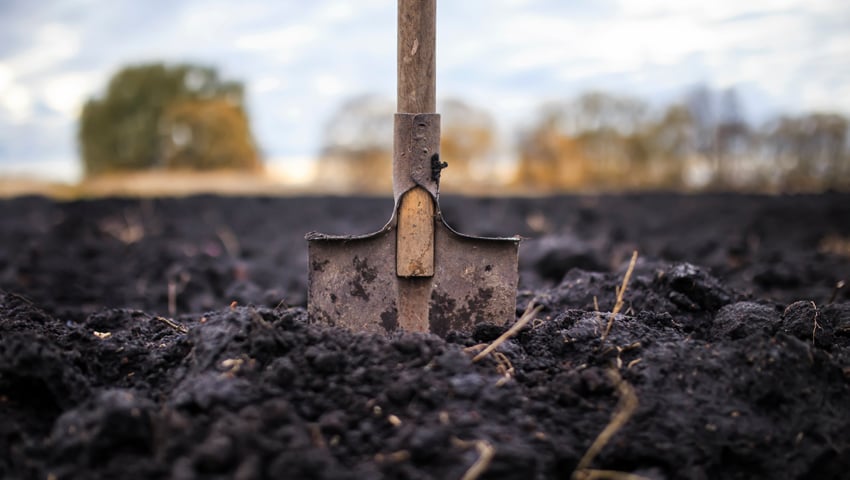A new EU Soil Health Data Cube layered map will revolutionise how farmers, land managers and policy makers sustainably manage soil in Europe and enable us to peer into the future and model solutions for the worst impacts of climate change.
Almost one hundred scientists have contributed to the project, which integrates hundreds of thousands of observations and data points on soil, climate and vegetation using a multidimensional matrix powered by artificial intelligence and high performance computing.
The Soil Health Data Cube currently spans from the year 2000 up to 2022 and is already 30TB in size. This new tool allows scientists and researchers to obtain open data representing European landscape and soil properties in space and time, and can potentially be used to simulate complex scenarios and accurately predict, test and model real world solutions.
AI 4 Soil Health scientist and OpenGeoHub Foundation Director, Tomislav Hengl, said, “This powerful tool will help policy makers, farmers and land managers better manage our soils for biodiversity, carbon storage and productive farmland. Using AI tools and open-source data we have created a prototype digital-earth-twin – a map of European soil health which will enable users to analyse and test soil management practices to deliver better outcomes and environmental benefits and to predict the impact of different climate change scenarios.
“This is probably the most sophisticated soil health modelling framework to date and will be an indispensable tool for those involved in regenerative agriculture, carbon farming, and those looking to change farming land use systems – such as realizing soil carbon sequestration potential, shifting to agroforestry and similar. We will be able to provide the modelling capability to empower them with real world evidence while significantly reducing the cost, time and labour involved in traditional soil monitoring practices.”
The Soil Health Data Cube Map enables users to monitor key soil health factors, including pH levels, soil carbon, and biological parameters over time with weather and climate data. Its spatial resolution is down to 20 or 30 metres with the addition of vegetation cover and most recently over 20 million European crop field boundaries. So, farmers will be able to access and view an accurate picture of the farms exploring historical and future patterns of soil health based on different climatic and land use scenarios.
This is the first version, but the team will continue to develop the data cube over the next three years by populating it with significant volumes of additional point data together with new remote sensing data which will advance its ability to predict and model future scenarios to new levels of detail and accuracy.
This marks a significant milestone for the AI 4 Soil Health project team who are one of a group of Horizon Europe projects which fit under the EU’s and the Soil Health Mission for 2030. AI4SoilHealth is working with over 20 partner organizations to develop practical experiments on the ground to showcase regenerative practices to ensure good measurement tools are at the heart of soil recovery.
AI 4 Soil Health’s Project Manager, Mogens Humlekrog Greve, from Aarhus University, said, “With the EU’s Soil Health Monitoring Law under consideration, this innovation gives us an incredibly useful way of identifying regions where soil health is at risk, highlighting areas that need urgent restoration. This holistic approach enables continuous monitoring and detailed insights into soil health across Europe, promoting better soil management practices. We are proud that the data is open and available to a diverse range of users so everyone can benefit.”
Politicians, scientists and national agencies will be able to make better, faster decisions by accessing data to analyse and predict declining crop production, or the impact of changing land use and scale up support for biodiversity.
The AI 4 Soil Health partnership are confident that they will have a Soil Health app available in 2026 which will make this data available to all and allow farmers to benefit from this complex analysis on their mobile phone.
